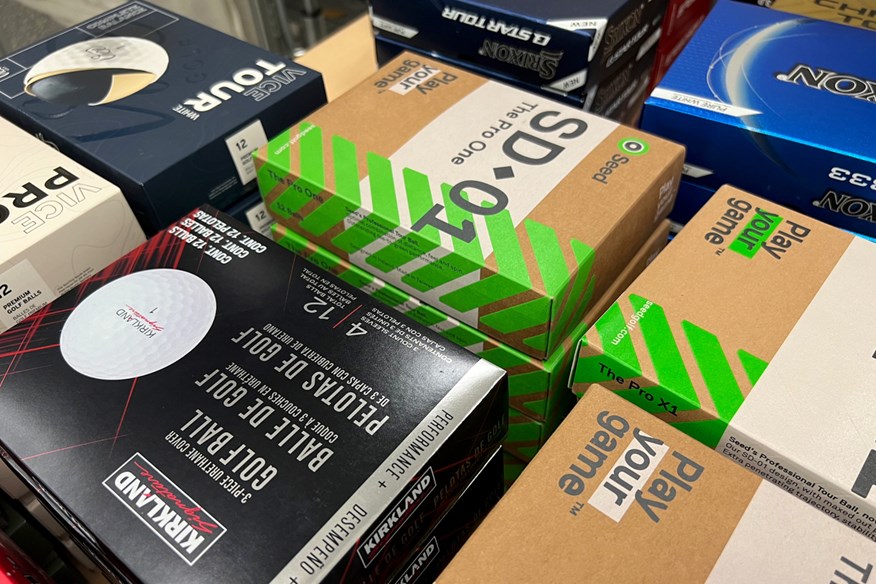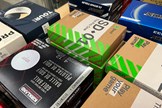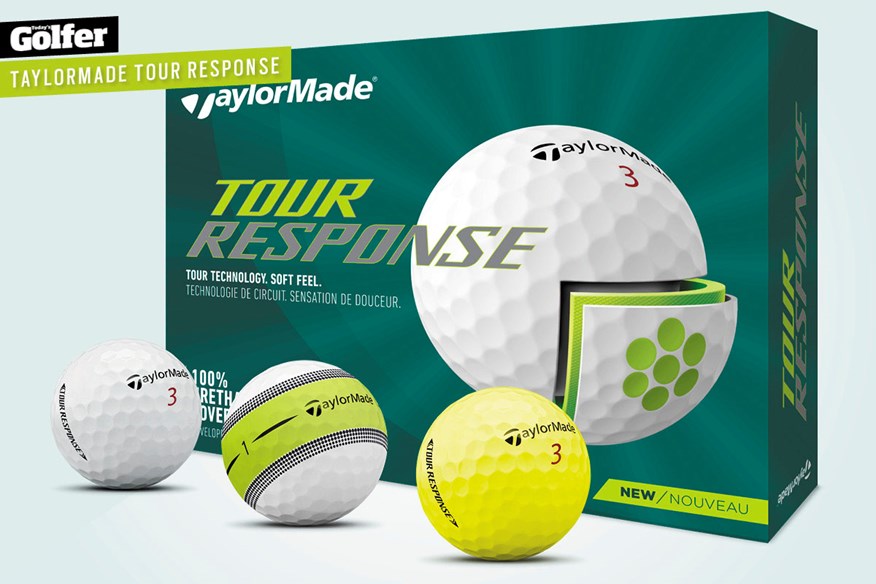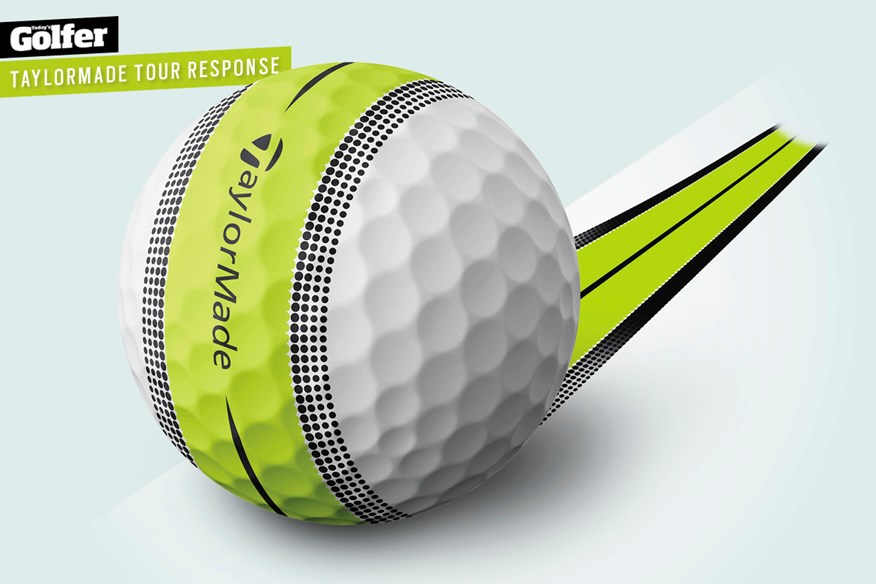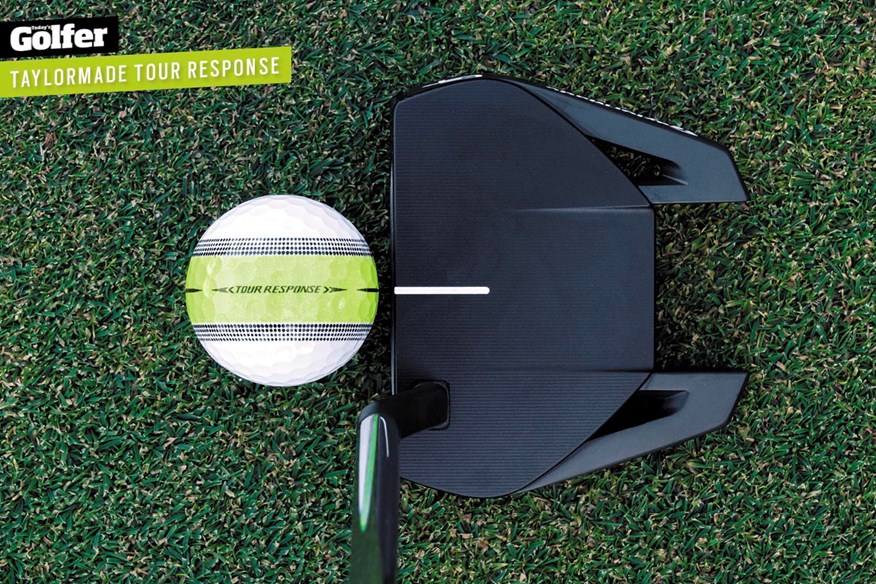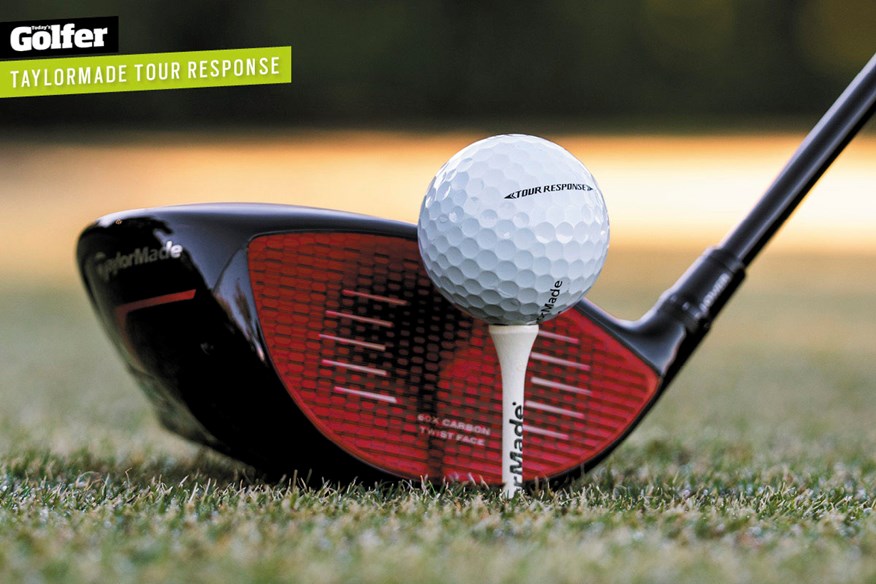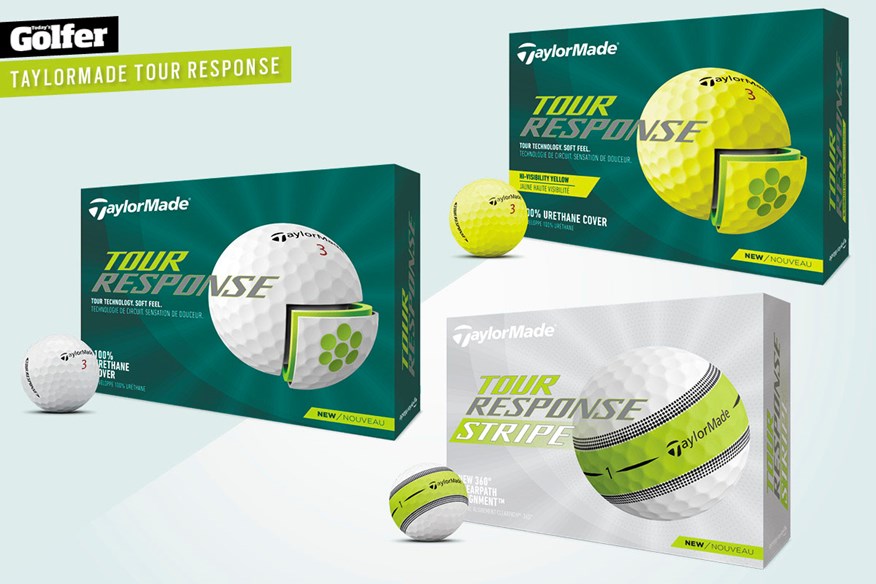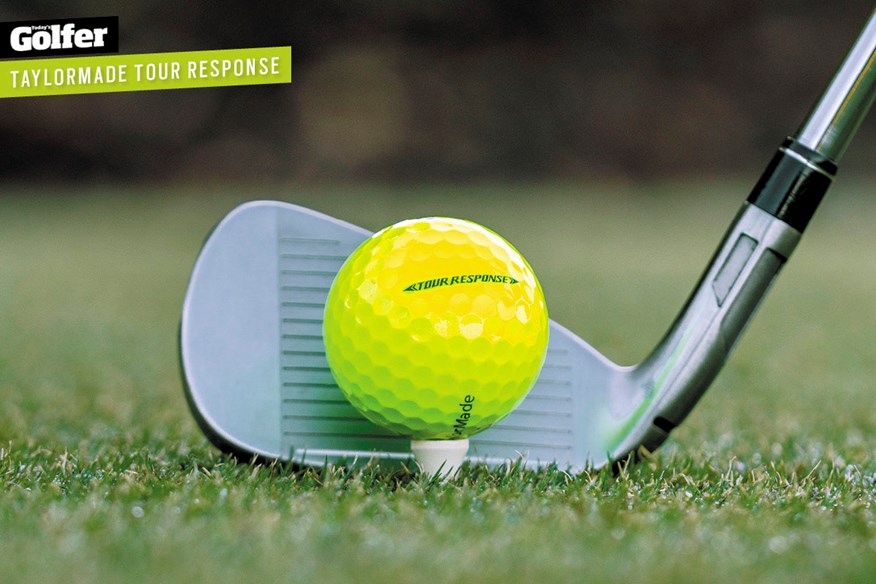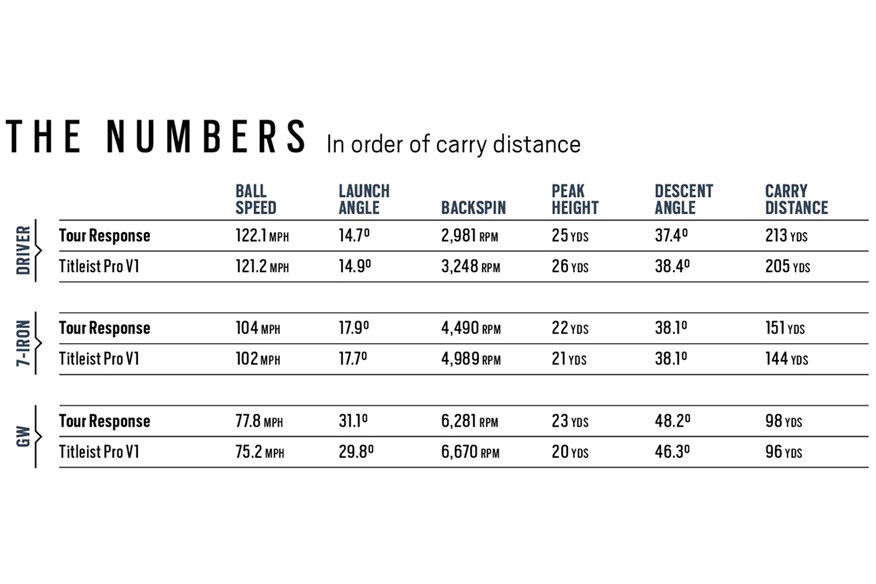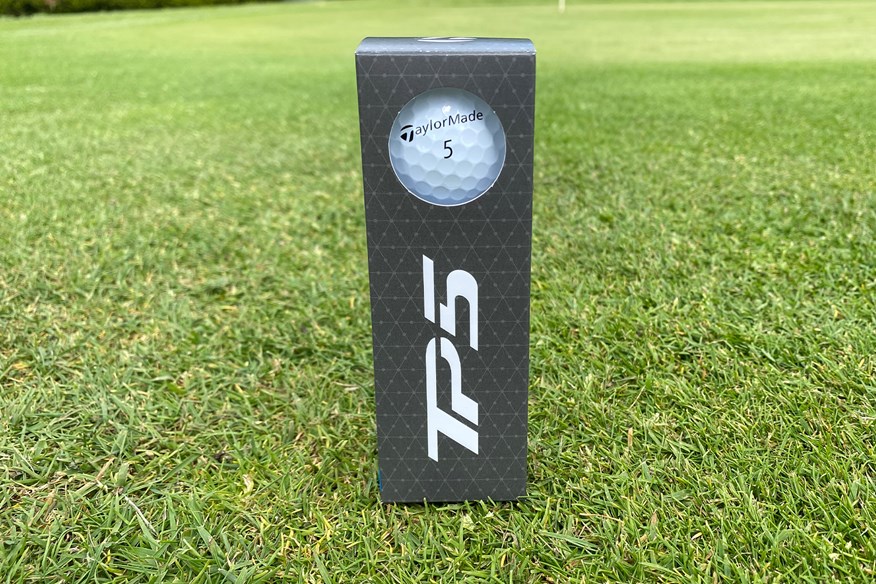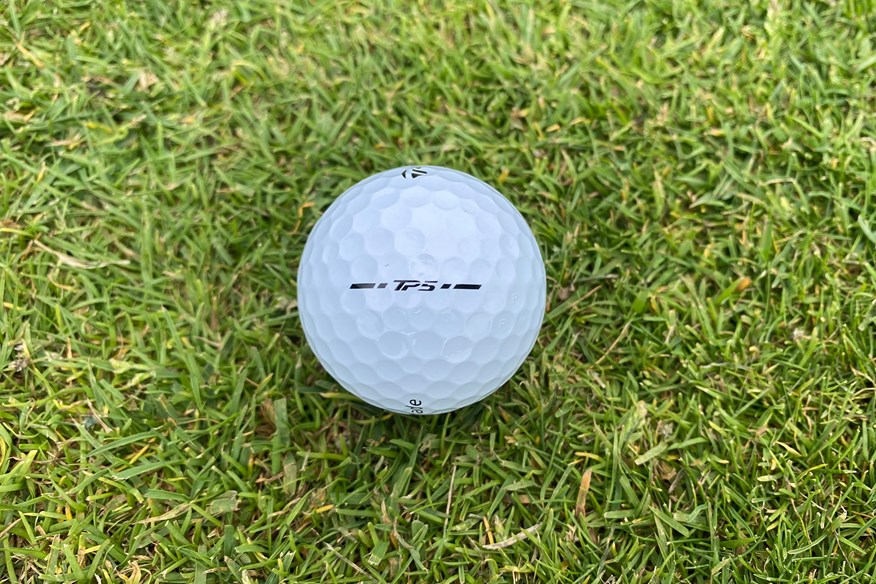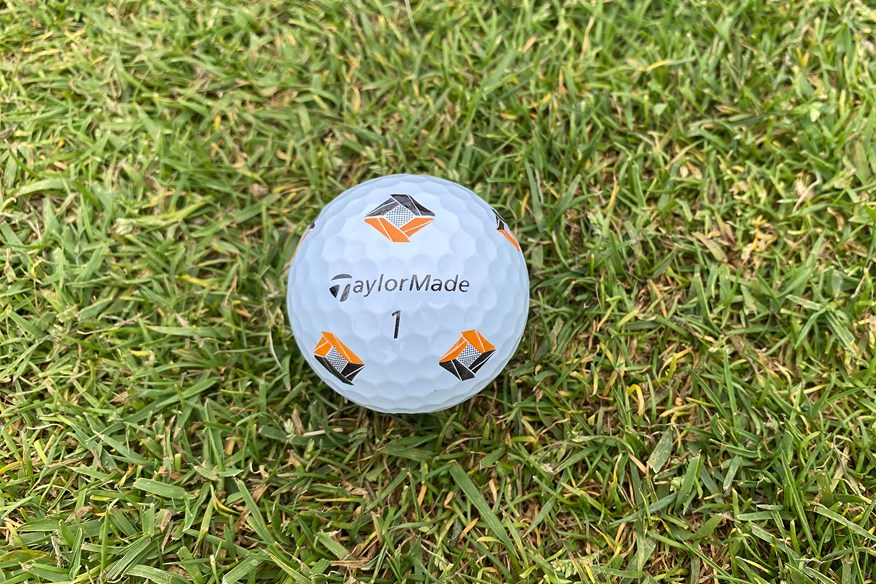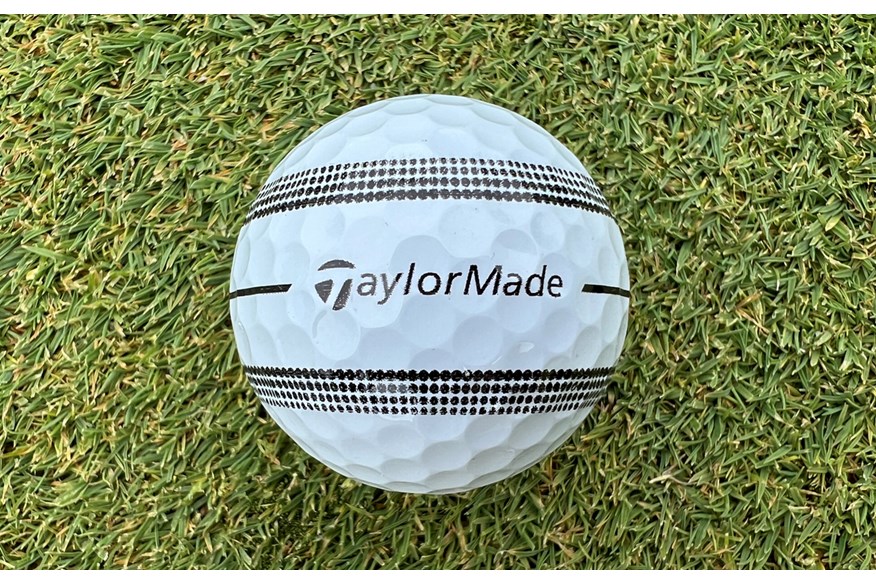9 golf equipment experts reveal the ball they use in their own game – and why
Last updated:
These people know A LOT about golf balls – these are the models they’re using in their own games.
Choosing the best golf ball for your game can be tough. I started playing golf around the turn of the millennium; if you wanted the best performance possible back then, you bought the Titleist Pro V1. It was that simple. Admittedly, I wasn’t in a position to do that, so I made do with the Top Flite XL 2000 or whatever junk I found among the trees, but at least you knew where you stood. Nowadays, things are much more complicated.
All the top brands have multiple premium models, and there are more brands than ever before. The likes of Titleist, Callaway, Srixon, and TaylorMade have been joined by countless other ‘direct-to-consumer’ brands like Vice, Snell, Seed, and more. Then you’ve got supermarket balls like the Kirkland Signature V3 promising Pro V1 levels of performance for a third of the cost.
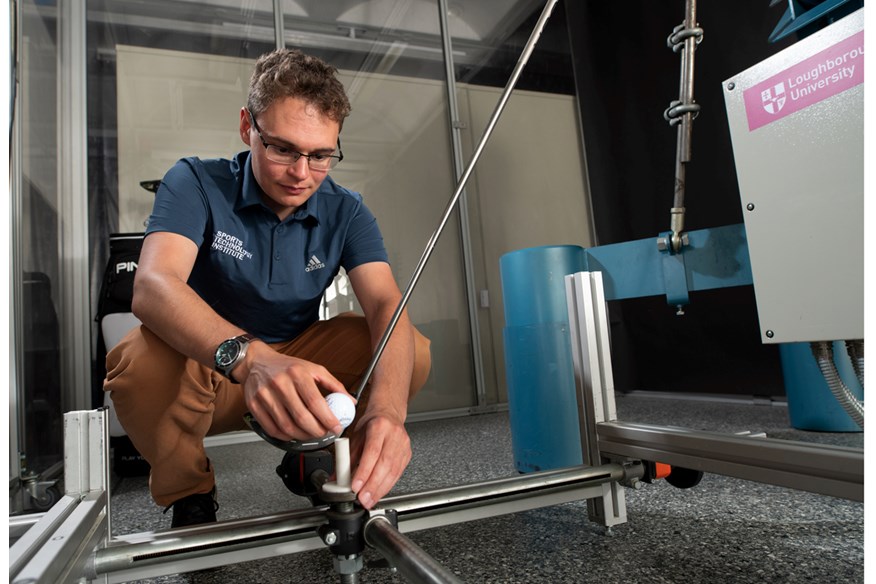
To cut through the confusion, Today’s Golfer undertakes a robot golf ball test each year. All the balls are hit at three different driver swing speeds and with a 7-iron and pitching wedge, so you can see all the data and how each ball performs in the areas you deem most important. You can see all the results of the most recent test here and I’d strongly recommend giving it a read – and watching the video – before buying your next box of golf balls.
- Titleist Pro V1 drops to lowest-ever price in Black Friday sales
- Best Black Friday 2024 Golf Ball Deals
But not all decisions are entirely data-driven. You might choose the golf ball you play based on its price, how it looks, the feel, because your favorite tour pro uses it, or any other reason.
The Today’s Golfer team are constantly testing golf balls out on the course for ‘real world’ performance and intangibles that a robot can’t measure. Here, they reveal which golf ball they choose above all else and why it’s their go-to model.
What golf balls do the TG test team actually use?
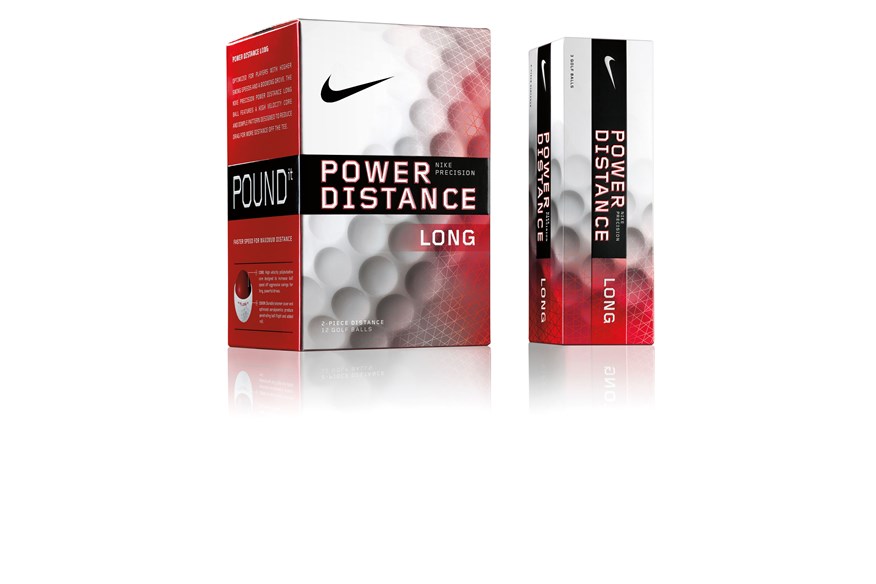
Michael Catling, Features Editor, 10 handicap
Currently an orange Nike Distance ball. Why? Because I’m cheap, I’ve had a stash for 10+ years and because I’m not entirely confident which way my ball is going, I don’t mind losing them. The orange also makes it easier to find them in the rough.
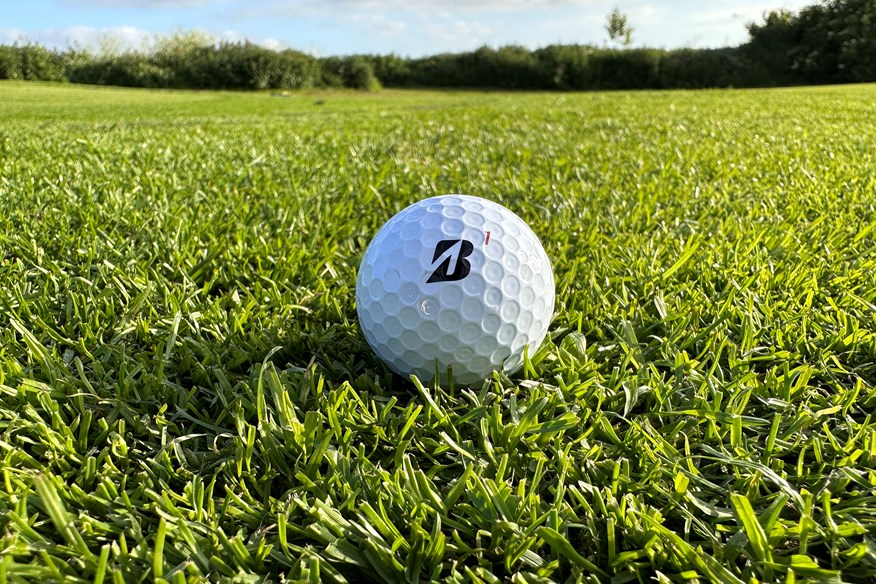
Rob McGarr, Contributing Editor, 3 handicap
I’ve been playing the Bridgestone Tour B X and Tour B XS for the last couple of years. I care enough about performance to want to play a premium golf ball, but I hate spending £45+ on a box and then losing a couple in the first few holes. The idea of paying close to £4 per ball just isn’t fun. By shopping around, I can usually find the Bridgestones for close to £30 a box, which feels more reasonable.
It was the Tour B XS for most of the time, which is the one aimed at delivering more spin, but I’ve recently switched to the Tour B X, which promises a bit more distance. I don’t really know why I’ve made that switch, but the fact Tiger Woods did it probably played a part.
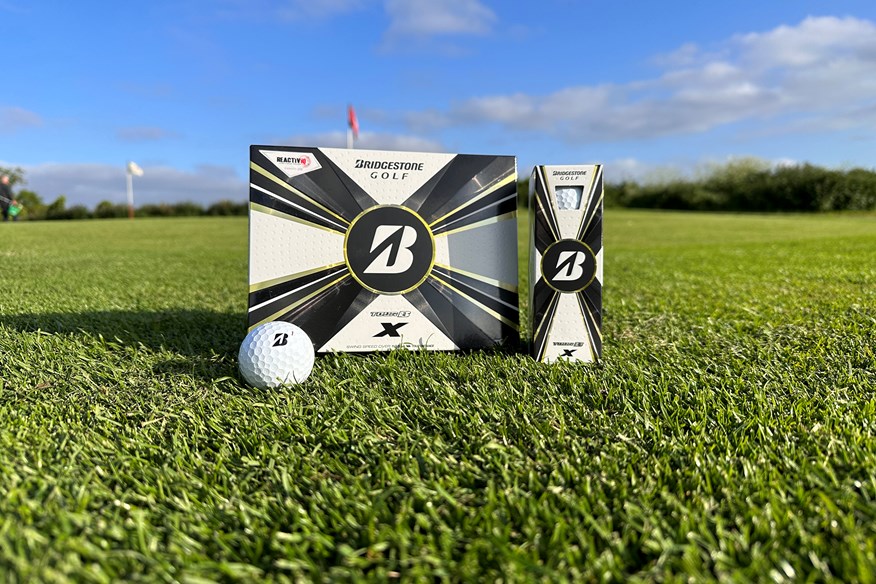

Pros
- Good distance off the tee
- Strong performance from long distances
- Impressive spin and control despite high compression
- Nice feeling off the putter face
Cons
- Low spin may harm slower swing speeds
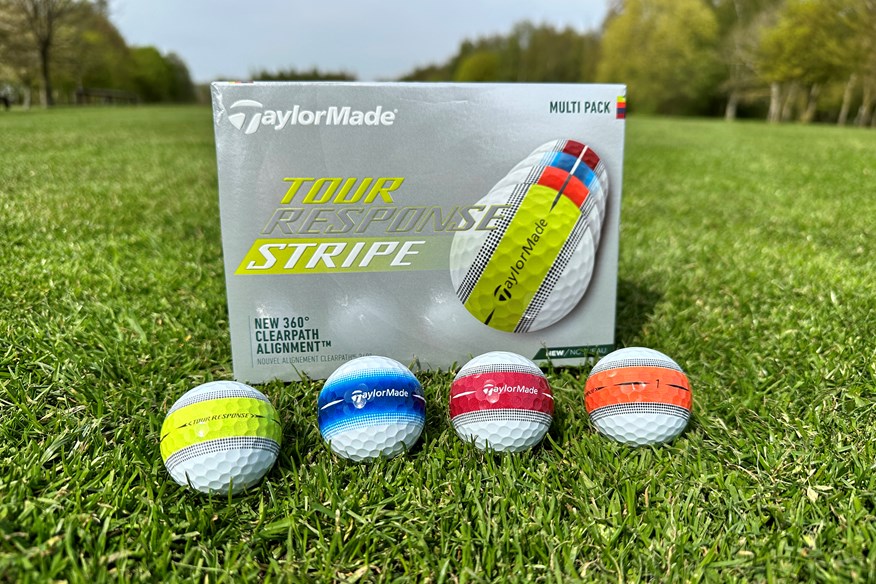
Simon Daddow, Equipment Editor, 10 handicap
TaylorMade Tour Response Stripe. I know it’s not the fastest or longest ball out there, but I love lining it up at the flag on par 3s and knowing my clubface is aimed square at the target.
The Stripe helps with alignment and focuses your attention on the green, while the roll feedback is also invaluable.
I only ever use the lime, blue/pink, or USA colorways as I’m not a huge fan of the blue or orange.
Pros
- Superb performance across the board
- Exceptional wedge spin
- Impressively durable
- Premium tech for less money
- Striped model makes alignment so easy
Cons
- Low compression won't suit fast swing speeds
| Cover: | Cast Urethane |
| Layers: | Three |
| Compression: | 70 |
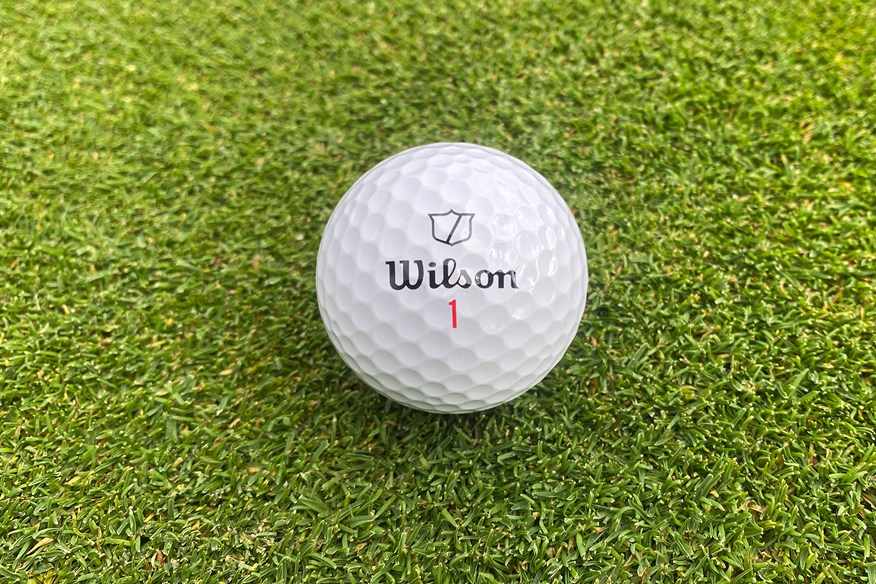
James Hogg, Golf Equipment Writer, 5 handicap
I’ve played with well over 50 different golf balls as part of testing and reviewing during the past 12 months and the one I most enjoy playing with is the Wilson Staff Model X.
For my game, the Staff Model X isn’t missing anything. I don’t ever look for a golf ball that adds distance – I prefer playing with a model that drives spin.
I need launch, and that’s exactly what this X-model golf ball gives. The firmer feeling might not be to everyone’s liking, but I like how much feedback you receive on good and bad shots.
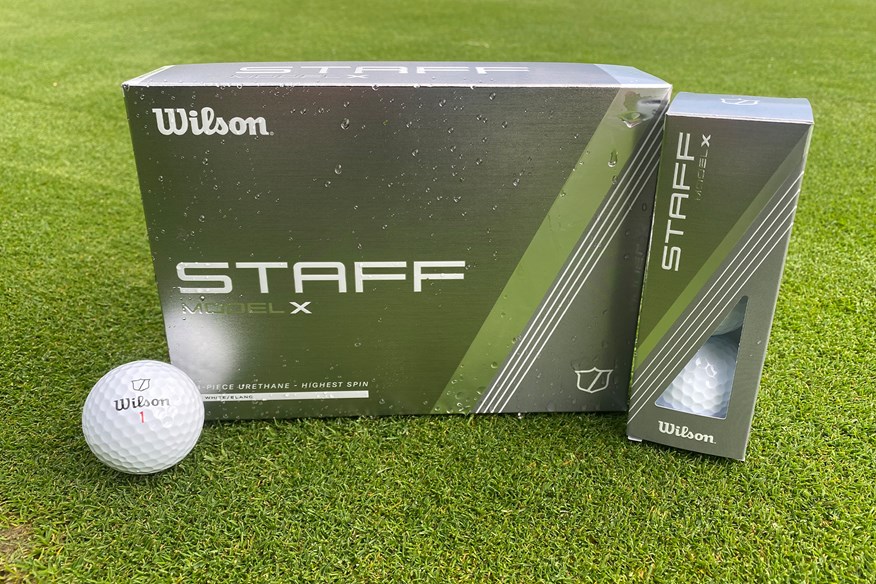

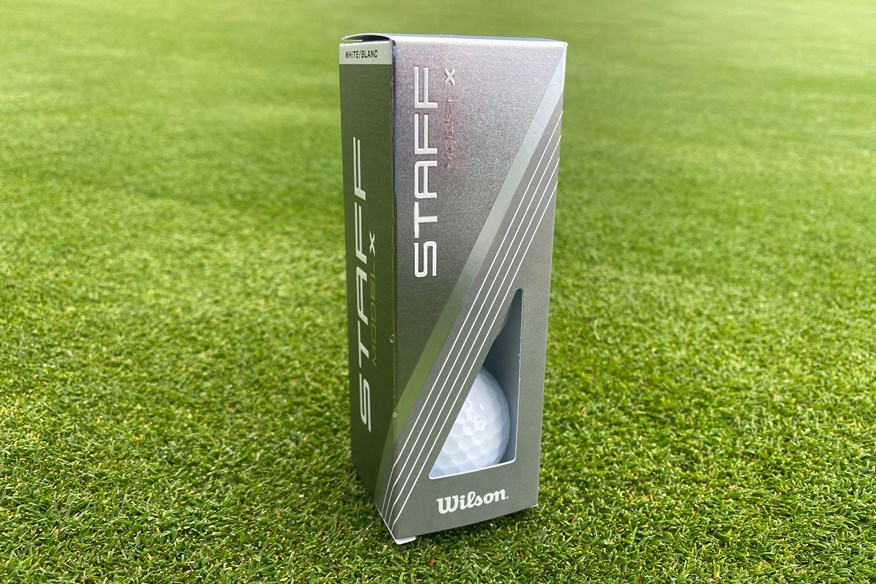

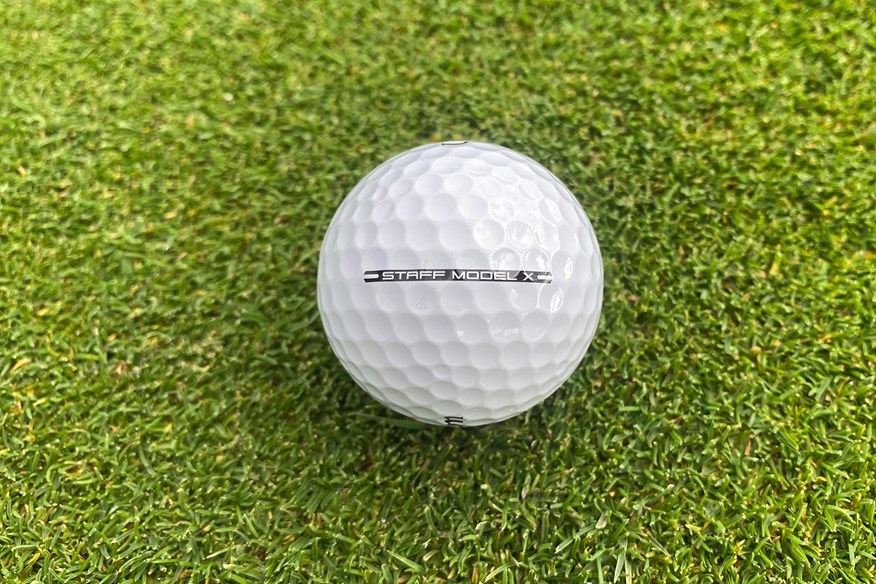
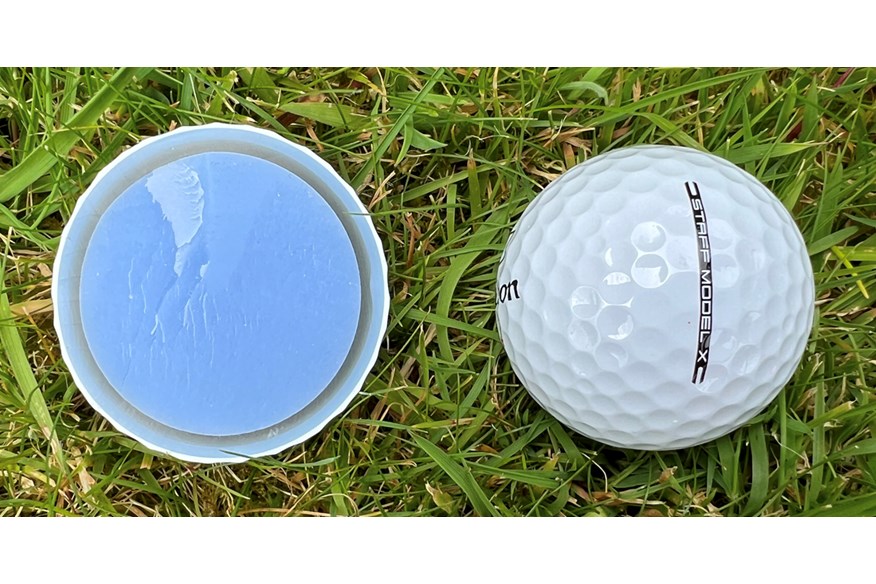
Pros
- Excellent distance off the tee
- Really impressive short game spin and control
- Amazing responsive feel
- Could be played by a top-30 Tour pro (keep your eyes peeled)
Cons
- Firm feeling might not please everyone
| Construction | 4-piece |
| Cover | Urethane |
| Dimples | 362 |
| Feel | Firm |
| Flight | High |
| Long game spin | Low |
| Short game spin | High |
| Colour options | White; Yellow |
- V-Cor advanced performance
- Firm compression core with velocity-boosting additive
- 3SIX2 seamless urethane cover
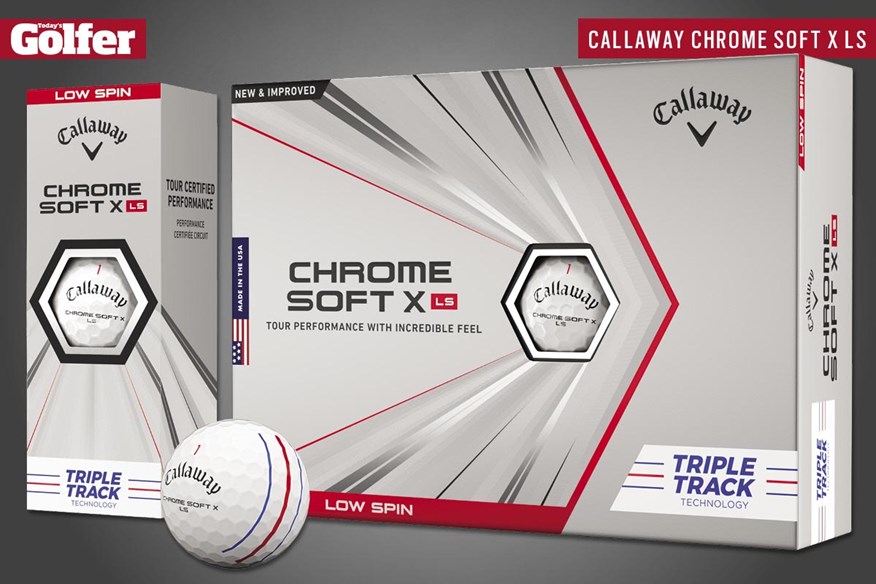
Will Shreeve-Peacock, Golf Equipment Writer, 6.2 handicap
I use the Chrome Soft X LS Triple Track. As I generate higher spin throughout the bag, anywhere I can lose a little bit of that RPM really helps. The feel and performance of the ball tee-to-green is great and, given the number of trees I hit, the cover is very durable. I love the look of the hexagon dimples and Triple Track is a must for me. Having been notoriously careless with my putting over the years it has allowed me to get a bit more consistency in with alignment and hole more putts.
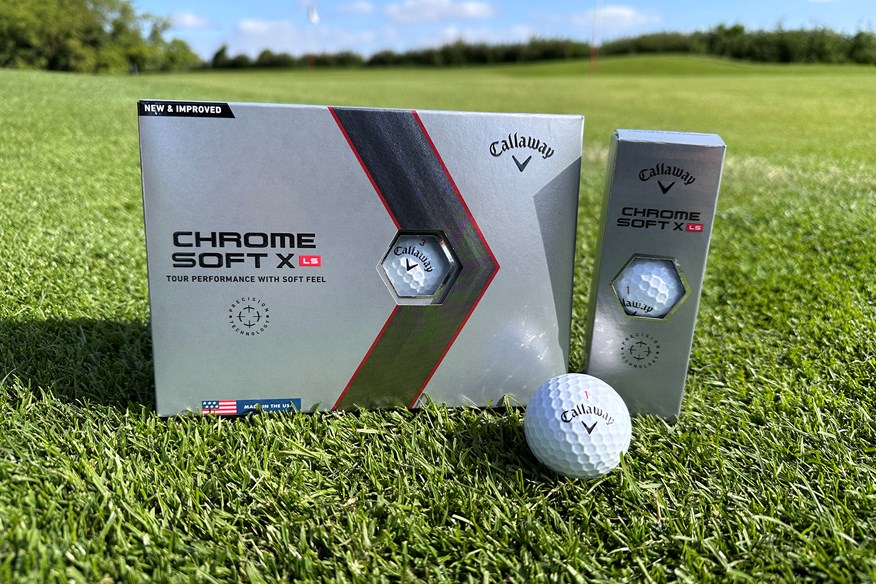

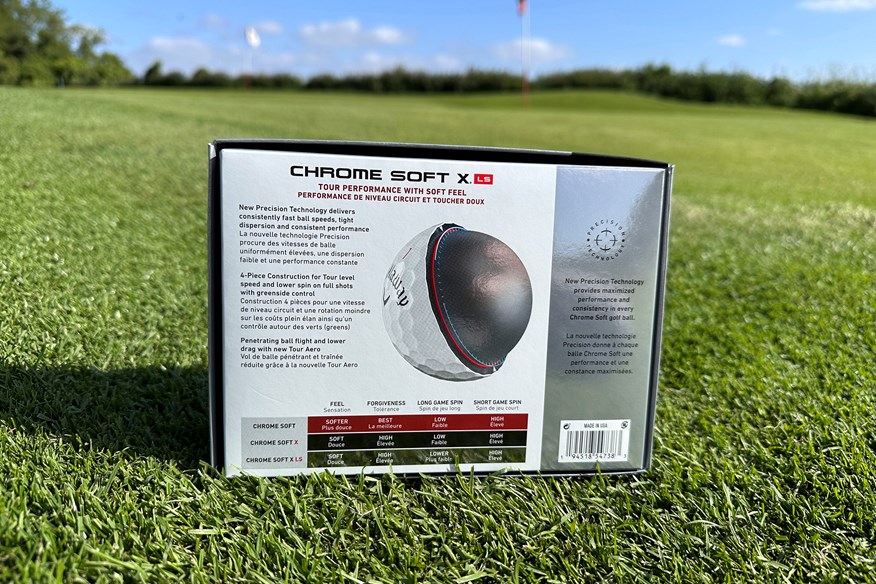
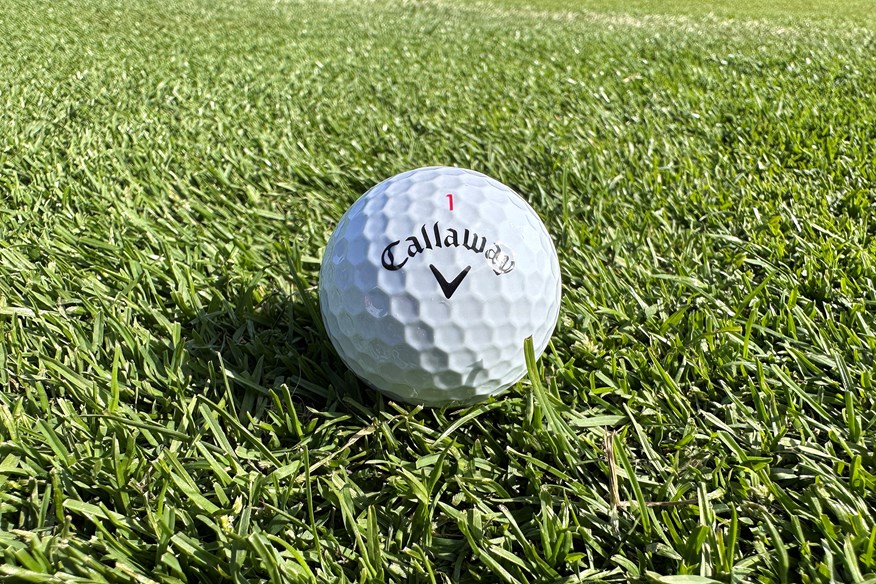
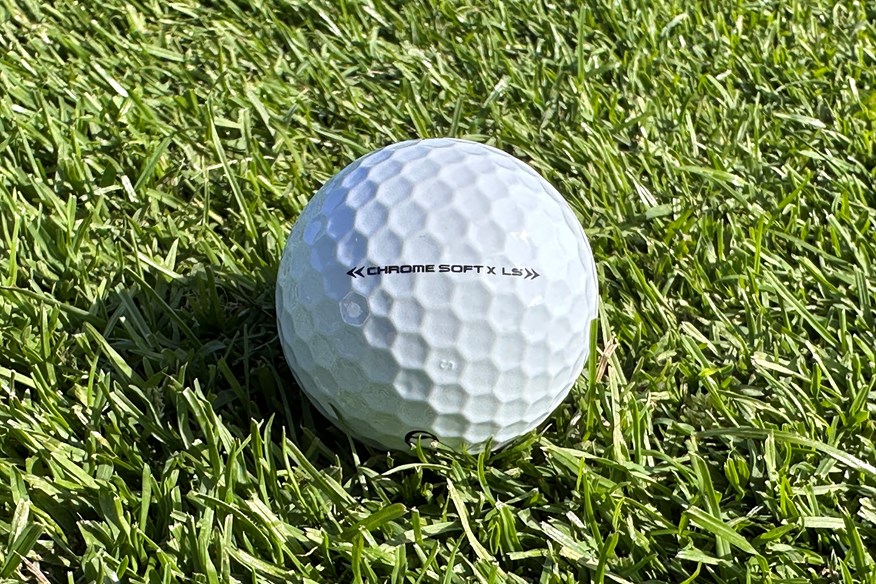
Pros
- Helps to keep long game spin low for golfers with quick swing speeds
- Very solid and responsive off every club in the bag
- Available in alternative alignment and visibility models
Cons
- Do not behave for golfers with slower swing speeds
| Construction | 4-piece |
| Cover | Soft urethane |
| Compression | 100 |
| Dimples | 332 |
| Feel | Medium |
| Flight | Higher |
| Long game spin | Low |
| Short game spin | Higher |
| Color options | White; Yellow |
| Alternative models | 360° Triple Track; Triple Track; TruTrack |
- Precision technology
- Construction optimization
- Hyper elastic softfast core
- New tour aero

Rob Jerram, Digital Editor, 9.9 handicap
I’ve fluctuated between the TaylorMade Tour Response Stripe and the Wilson Staff Triad this year, finding very little difference in performance between the two. The alignment benefits of the Stripe mean it just pips the Triad when I reach into the bag at the start of most rounds.
I used to play TaylorMade TP5 but with Tour Response using the same dimple pattern and cover, I’ve noticed very little difference, barring the price, where there’s a welcome saving.
It’s also surprisingly durable for a urethane cover and I’ll happily play the same ball for an entire round if a wayward shot doesn’t take the choice out of my hands. I no longer swing out of my boots, but still get great distance through the bag, and it offers a great combo of distance and stopping power with irons. Spin definitely isn’t as good as some similar-priced balls on full wedges shots, but the urethane cover does give decent bite when chipping, and it feels great off the putter face.
I don’t dislike any of the color options but I navigate towards the orange. The large alignment stripe is so beneficial for setting up correctly on the tee or giving yourself the best chance of hitting your line on the greens and it makes spotting the ball easier when I’ve inevitably missed the fairway.
Pros
- Superb performance across the board
- Exceptional wedge spin
- Impressively durable
- Premium tech for less money
- Striped model makes alignment so easy
Cons
- Low compression won't suit fast swing speeds
| Cover: | Cast Urethane |
| Layers: | Three |
| Compression: | 70 |
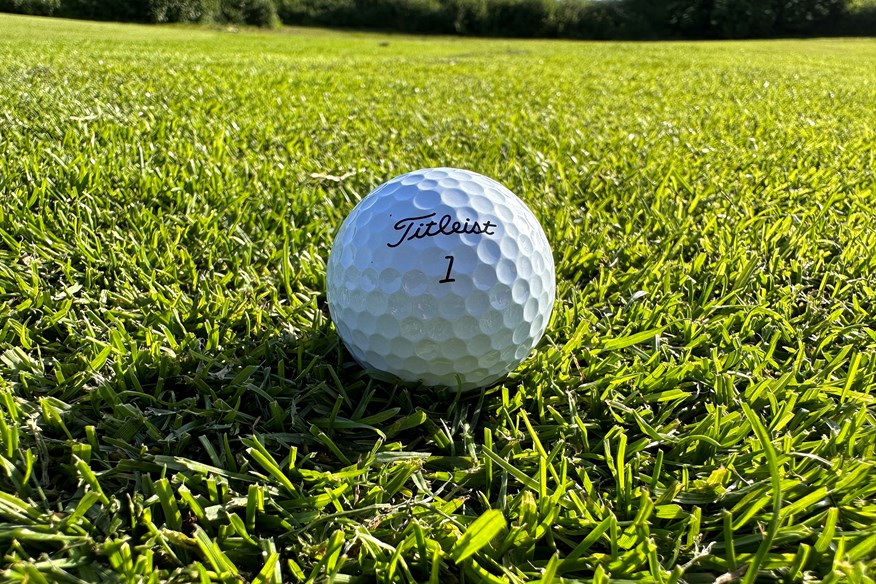
Lewis Daff, Golf Equipment Writer, 7 handicap
One ball for summer and another for winter – yes, I am that guy.
I use the Titleist Pro V1x Left Dash in the summer because I’m a high-spin golfer and it’s the most consistent ball on the market for reducing spin on full swings while maintaining it on partials. The exit window sits slightly higher, where I want it to, without becoming floaty. The firmer feel reminds me of what I grew up playing (Nike RZN Black) and it’s stable in the wind.
I only change to the Titleist Pro V1 in the winter because softer ground typically means I strike it higher on the clubface, so I need to bring the flight back down a little and add some spin back in.
I will caveat that if Nike ever come back with the RZN, I will immediately switch back. Greatest golf ball ever made.
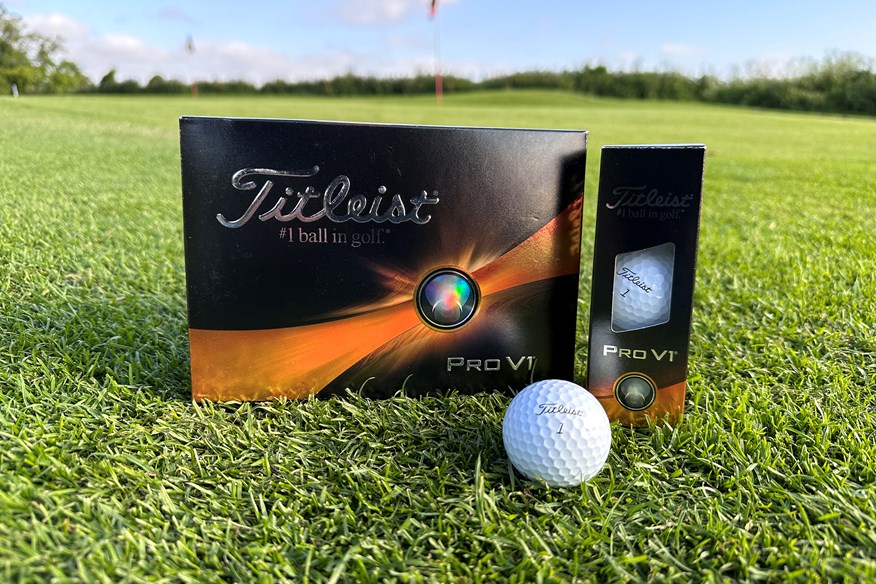

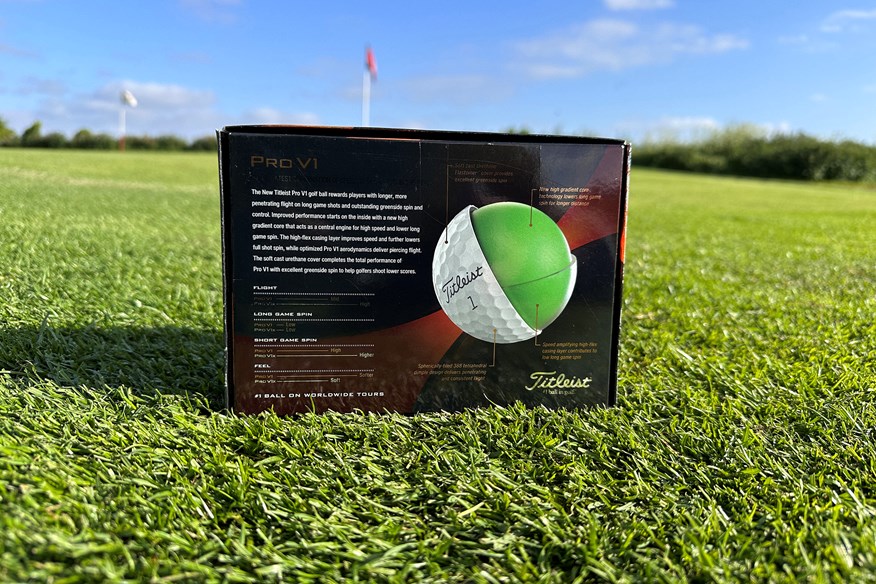

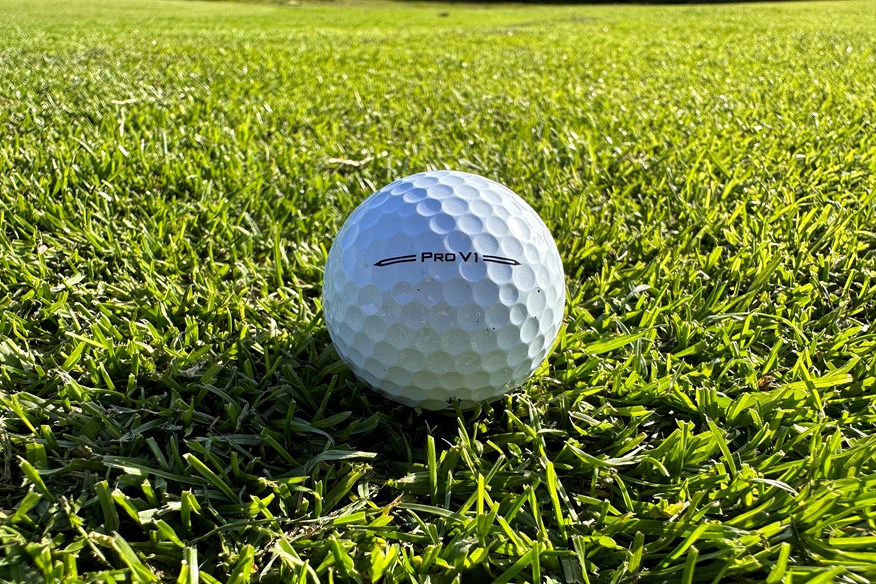
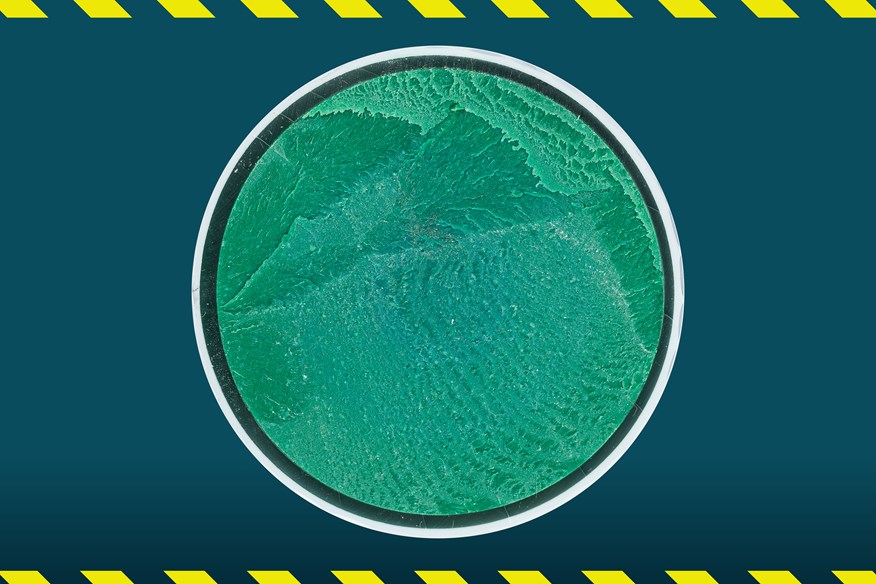
Pros
- Tighter dispersion than the previous model
- Brilliant distance for quicker swing speeds
- Exceptional spin in the short game
- Fantastic feel off the club face
- Played by a host of the world's greatest golfers
Cons
- Urethane cover isn't the most durable
| Construction | 3-piece |
| Cover | Cast urethane elastomer |
| Compression | 87-90 |
| Dimples | 388 |
| Feel | Soft |
| Flight | Mid |
| Long game spin | Very low |
| Short game spin | High |
| Color options | White; Yellow |
- High gradient core design
- Speed amplifying high-flex casing layer
- Cast thermoset urethane cover
- Spherically tiled tetrahedral dimple design
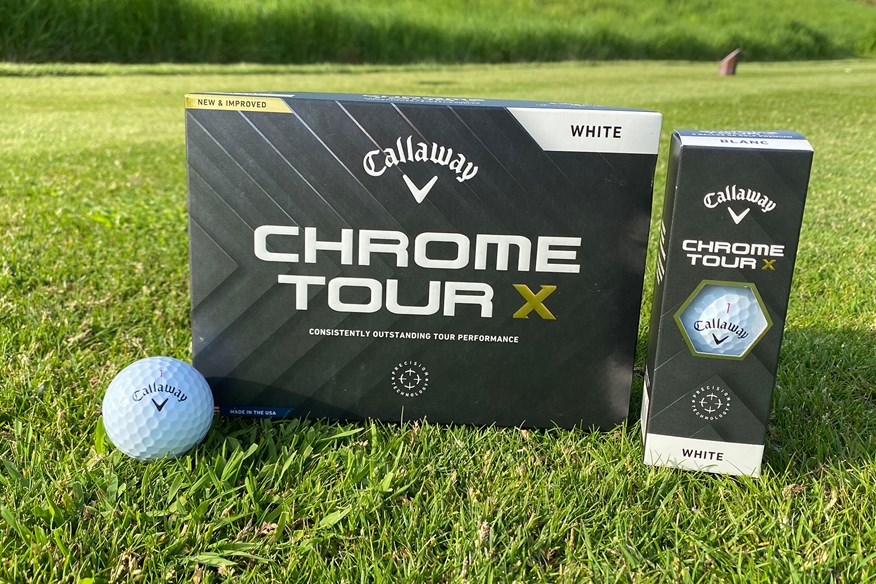
Ross Tugwood, Senior Digital Writer, 13.8 handicap
Much like my irons (Callaway Apex Pro), I play with a ball that I aspire to be good enough to use. Granted, my age profile and ability suggest I’m unlikely to get there, but God loves a trier.
When there is no water in sight, I game the Callaway Chrome Tour X. I’m driven by numbers and the results from our Golf Ball Robot Test undoubtedly confirm to me that this is the new No.1 ball in golf. It’s on the podium for almost every metric you want it to be. Fast, long, and, most importantly for most club golfers, spins the highest with 7-iron and wedge for maximum stopping power.
I opt for the Triple Track model as it not only makes lining up tee shots and putts easy but also reminds me of Aquafresh toothpaste and the importance of smiling when I invariably three-putt.


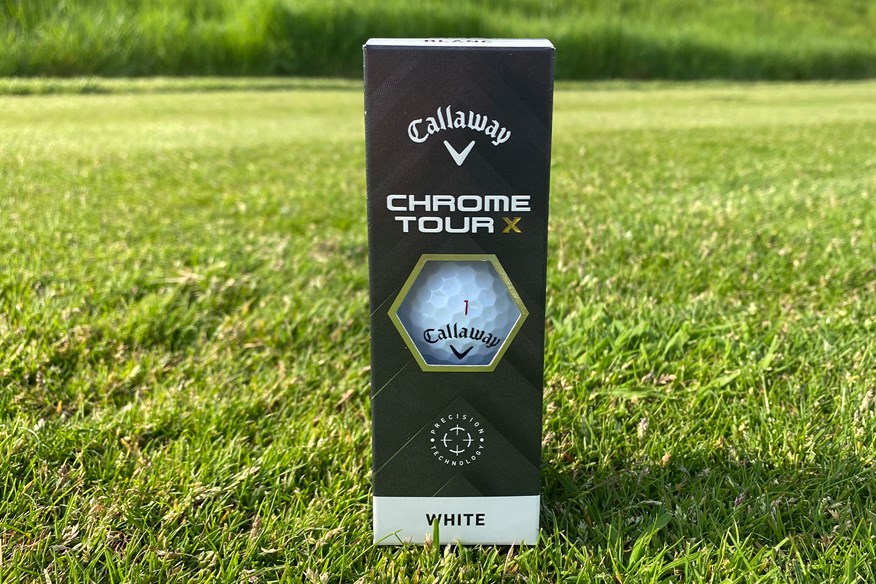
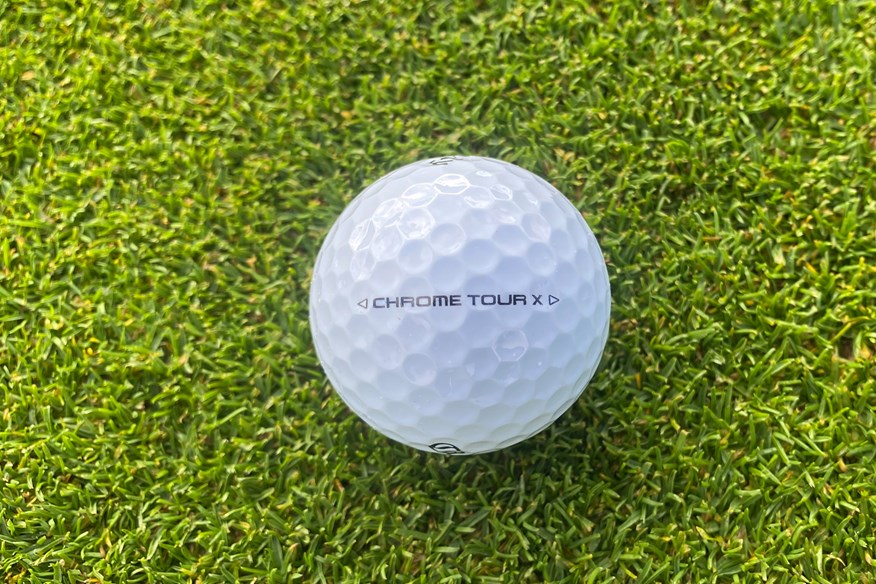
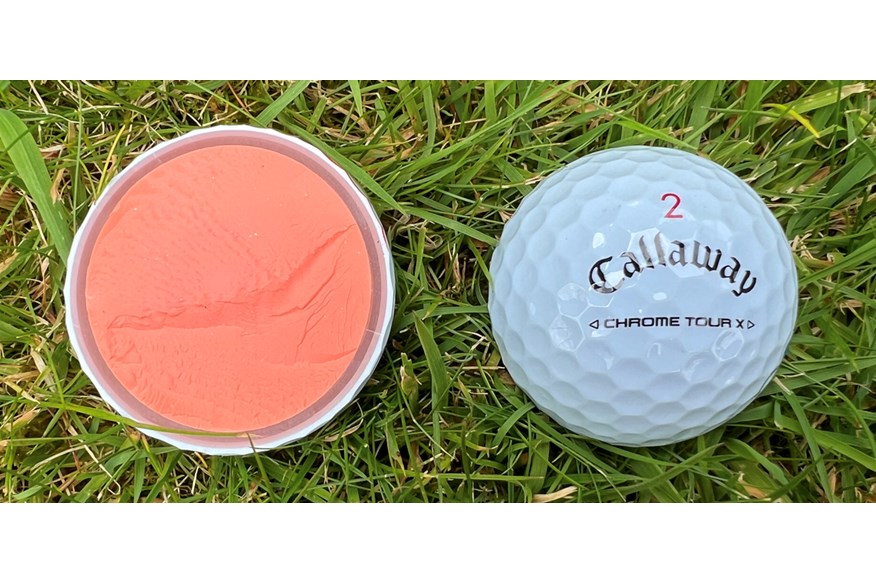
Pros
- Long off the driver
- High spin with the irons and wedges
- Produced our third smallest shot area average
Cons
- In 2024 Callaway is an expensive tour ball option
| Construction | 4-Piece |
| Cover | Urethane |
| Cost per ball | $6.11 |
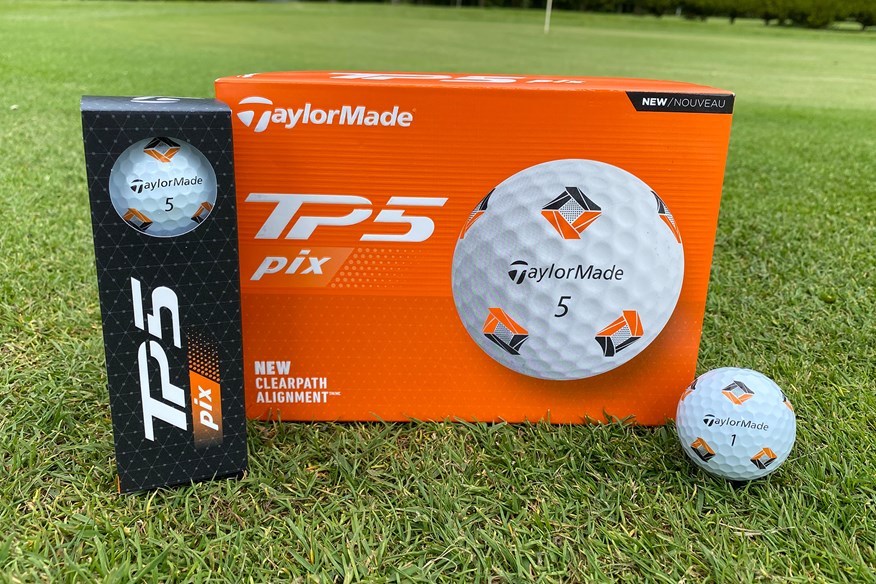
Chris Jones, Editor, 12 handicap
My go-to ball is the TaylorMade TP5 Pix. If offers plenty of distance, seems to fly high with my irons, and can stop on a sixpence. To me, it feels a little softer than an X-ball and less ‘clicky’ off the face. The Pix graphics make it easy to line up on the green and usually help my ball stand out from playing partners’. I have really enjoyed using TaylorMade’s Tour Response Stripe in the past, too – and the addition of the Stripe model to the TP5 family in the last month has definitely caught my interest.
Pros
- Excellent short-game spin and control
- Extremely soft feel and incredibly responsive
- Lower and more penetrating ball flight than the previous model
- Tour approval being in the bags of some of the biggest stars in golf
Cons
- Not the most durable urethane cover
| Construction | 5-piece |
| Cover | Urethane |
| Dimples | 322 |
| Feel | Soft |
| Flight | High |
| Long game spin | Low |
| Short game spin | High |
Colour options| "bauer-product-card"> | |
| Alternative models | TP5 Pix; TP5 Stripe; TP5 MySymbol |
- New seamless tour flight dimple pattern
- Speed-layer system
- High-flex material
